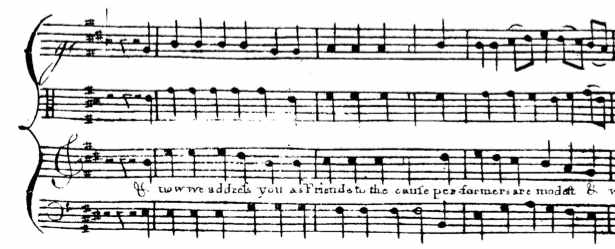[UPDATED] Thursday night, March 6, at 7:30 the amazing University of Kentucky Percussion Ensemble will play my Snake Dance No. 2 at the SCFA Recital Hall there in Lexington. The program also includes works by Jay Batzner, Lou Harrison, David Crowell, Russell Peck, and Paul Lansky. I’ve head these guys do it, and though they’re young, they’re incredible. (I’ve also been thinking about what a great place to live Lexington seemed. I was treated to lunch in a huge natural food coop where everything was great, and there were some lovely bars and restaurants. We on the coasts think of flyover country as pretty deadly, but there are some amazing pockets of liberalism, enlightenment, and good living, and Lexington was one of them. Plus, during the Kentucky Derby, Maker’s Mark sells bottled mint juleps. Those truly are deadly.)
The following night at 8:30, Friday March 7, pianists Sarah Cahill and Joseph Kubera play at Roulette in New York, 20 Greene Street. It’s a largely Terry Riley program, filled in with pieces by Ingram Marshall, Michael Byron, and my own On Reading Emerson, which Sarah plays beautifully on our new CD Private Dances.
My new electric guitar quartet Composure, on which the ink would still be wet if I still composed in pen, is premiering in Montreal April 4 at the Voyages: Montreal-New York festival, organized by the tireless Tim Brady.
Rodney Lister plans to include my Long Night for three pianos and Paris Intermezzo for toy piano on a program at Boston University on April 11.
On May 6, the Bard College Chamber Singers and Symphonic Chorus, conducted by my friend James Bagwell, will perform my Transcendental Sonnets at Bard’s Fisher Center, only the second time the work has been done.
However, the Relache ensemble’s May performances of my suite The Planets have been postponed to the following fall, though we’ll still be recording the work for the Meyer Media label this summer. Mmm… think that’s it for the forseeable future.
UPDATE: Heavens, forgot the most important of all. On May 9, Williams College is offering the American premiere of my piano concerto Sunken City.


